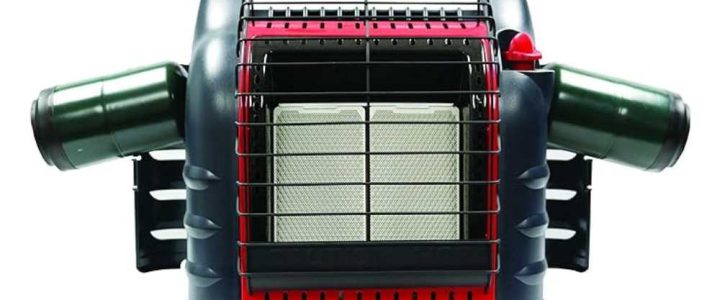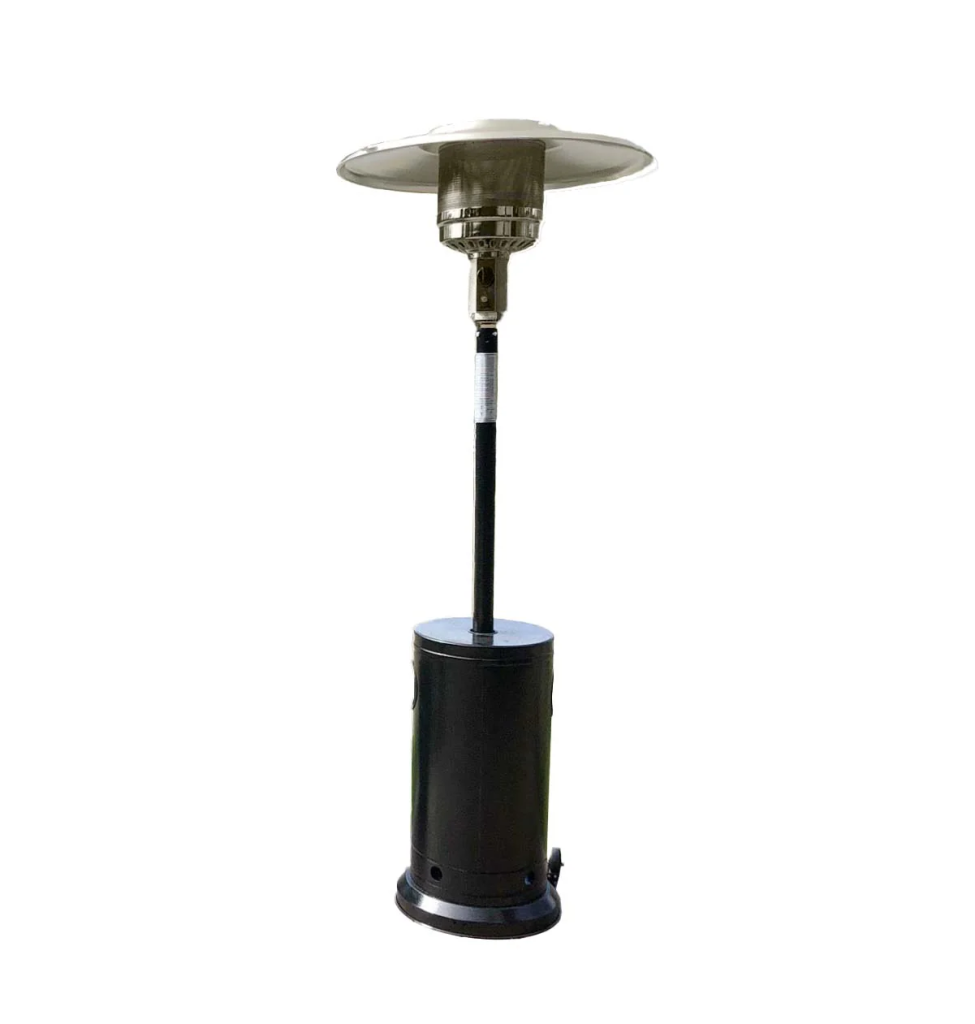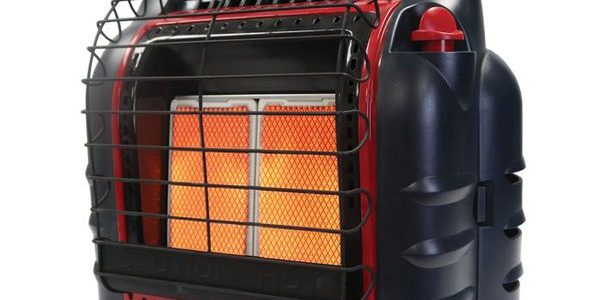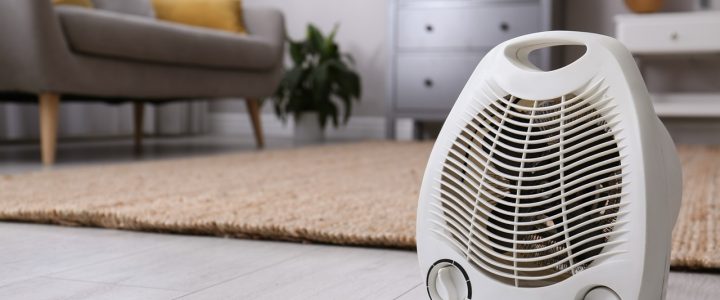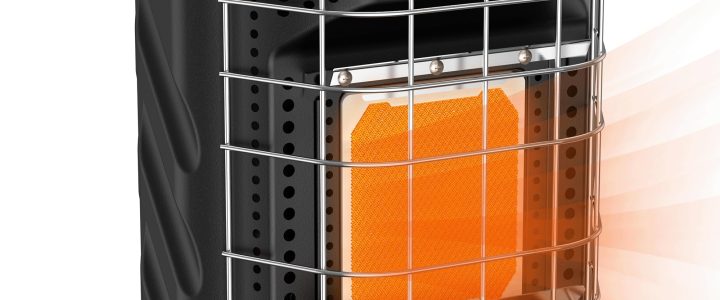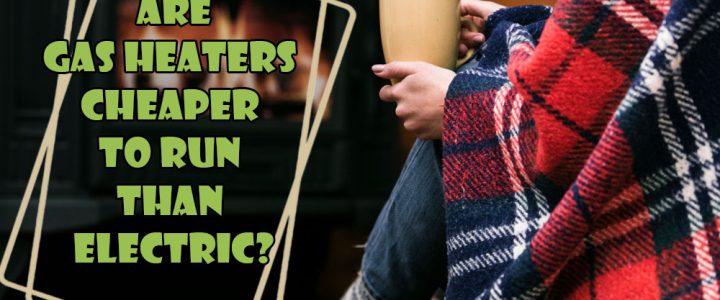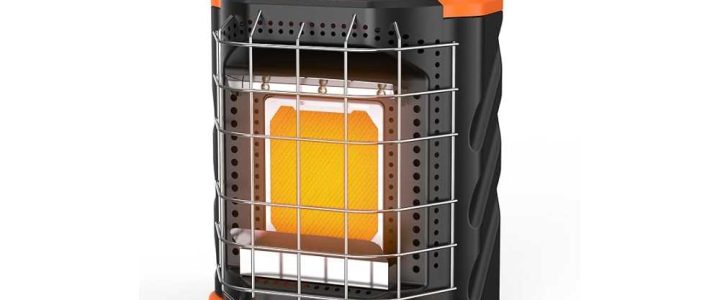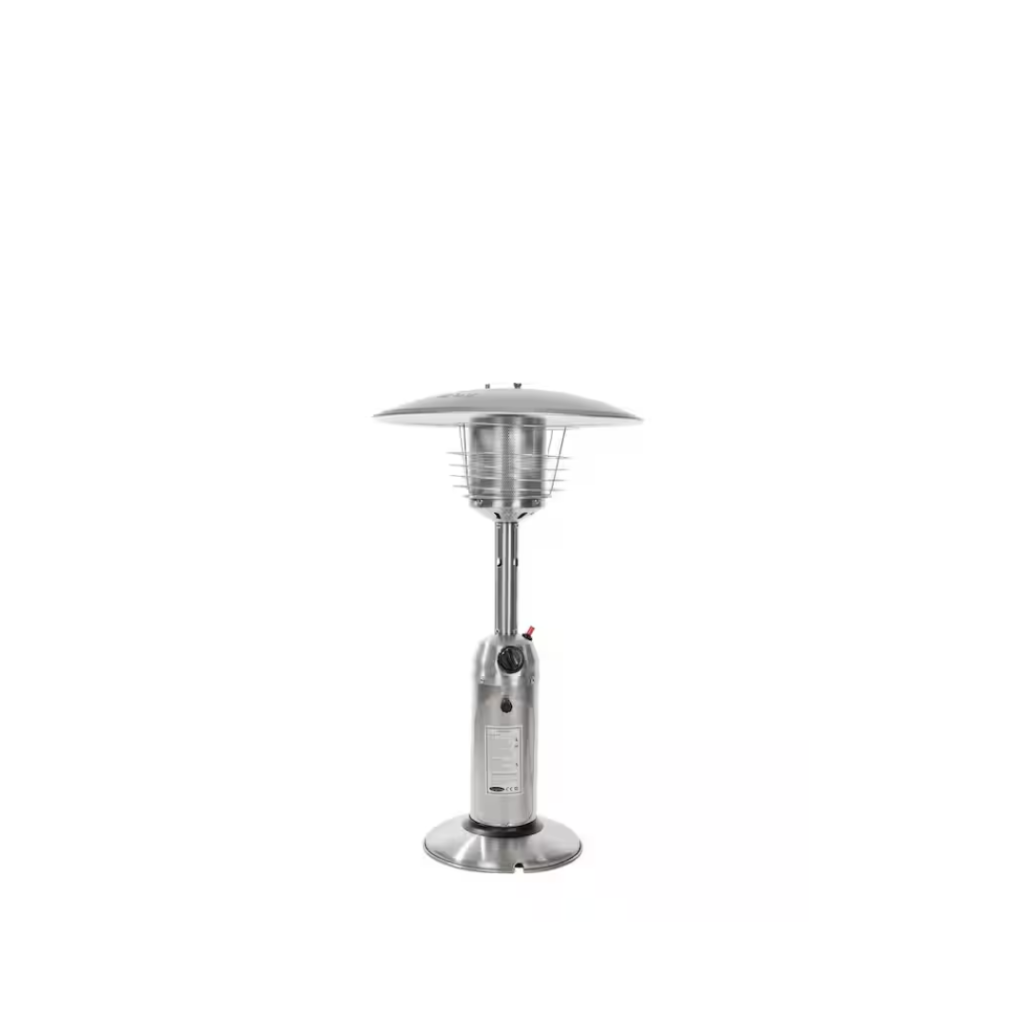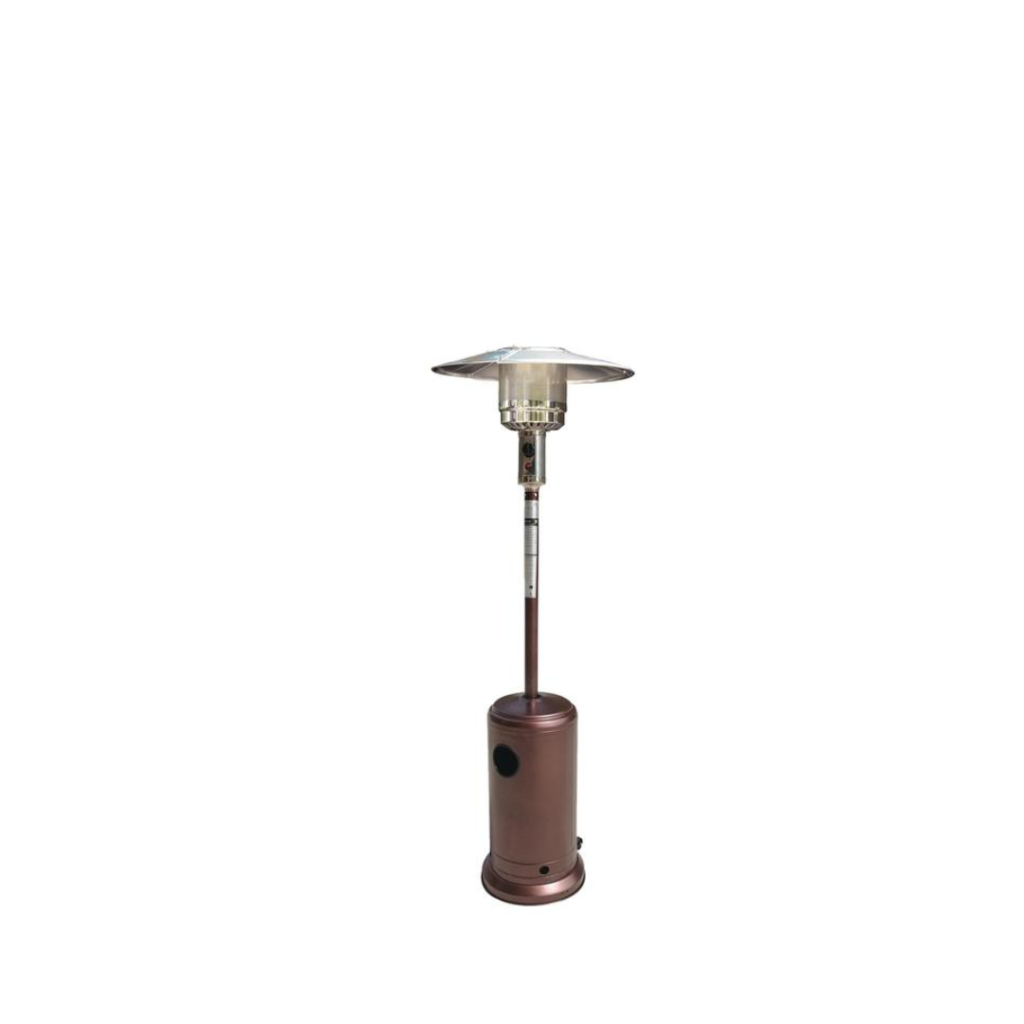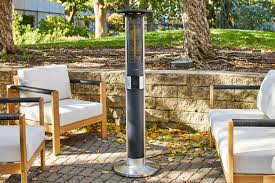Looking to elevate your outside comfort with an AZ propane heater? These heaters offer handy warmth on chilly evenings; however, safety and performance hinge on the correct clearance, especially concerning walls. In this article, we’ll discover the significance of keeping clearance and offer hints on the perfect distance AZ propane heaters must be located from partitions. So, let’s delve into the essentials to ensure your outdoor heating solution is safe and efficient.
Importance of Clearance
Propane heaters, synthetic via AZ, generate warmth via combustion, using propane as gas. While these heaters are designed with safety features, they pose certain dangers if they are no longer used efficiently. Moreover, one critical aspect of safe operation is maintaining adequate clearance around the heater.
Clearance refers to the gap between the heater and surrounding objects, particularly flammable materials, including walls. As well as furniture and other flammable gadgets. Furthermore, Insufficient clearance can boost the danger of fireplace risks, heat harm to nearby gadgets, and even carbon monoxide buildup if airflow is compromised.
Understanding Manufacturer Guidelines for Propane Heater
The specific clearance requirements for AZ propane heater vary depending on the version and design. To ensure secure installation and operation, it is important to consult the manufacturer guidelines hints furnished in the consumer guide or product documentation.
AZ, like other professional heater producers, offers clean commands regarding clearance distances. Moreover, these hints are based on thorough testing and compliance with safety standards to mitigate capability dangers related to heater operation.
General Clearance Recommendations
While clearance requirements may vary between AZ propane heater fashions, there are general suggestions that follow to maximum devices. Moreover, as a rule of thumb, keeping a minimal clearance of three ft (approximately ninety-one centimeters) from flammable materials is normally cautioned.
This distance allows for adequate airflow around the heater, reducing the chance of warmth buildup and potential ignition of nearby items. However, it’s vital to verify the particular clearance requirements outlined by AZ for your precise heater model. They may additionally differ based on factors such as heater size, warmth output, and layout capabilities.
Factors Influencing Clearance
Several factors can influence the clearance requirements for AZ propane heater:
1. Heater Size and Output of Propane Heater
Larger heaters with higher heat output may require greater clearance distances to prevent overheating surrounding objects.
2. Ventilation Needs for Propane Heater
Sufficient space facilitates airflow around the propane heater, enabling adequate ventilation. Propane heaters need enough ventilation to enable safe burning and avoid the buildup of dangerous gases, such as carbon monoxide.
3. Location and Environment
The clearance requirements may change depending on the heater is location outside areas like patios, decks, or gazebos. Consider elements like the direction of the wind, surrounding buildings, and any obstacles while choosing a location.
4. Building Codes and Regulations for Propane Heater
Propane heater clearance requirements may vary depending on local building laws and regulations. To guarantee compliance and safety, adherence to these criteria is crucial.
Installation Tips for Propane Heater
To ensure the safe installation and operation of your AZ Propane Heater, it’s essential to follow these crucial tips for maintaining proper clearance:
Thoroughly Review the Manual
Begin by carefully analyzing the user manual for precise instructions and clearance necessities furnished by the producer. Note any specific suggestions and pointers outlined for the setup method.
Measure Clearance Distance
To ensure precise adherence to the manufacturer’s guidelines, measure the distance between the heater and surrounding objects properly using a tape measure or ruler. It is crucial to measure the heater from all sides to account for any possible blockages.
Keep Surrounding Space Open
Remove any furniture, trash, or combustible objects from the area to avoid fire threats and preserve the best possible airflow around the heater. Moreover, establishing a clear, open area will help ensure enough ventilation and lower the possibility of adjacent things being damaged by heat.
Regularly Monitor Conditions for Propane Heater
Check the area around the heater often to ensure it’s clear, and take quick action to remove any blockages that could develop over time. Moreover, make regular inspections to ensure there are no new obstructions preventing the heater from operating and that the clearance distance is constant.
Consider Implementing Heat Reflectors
Examine if heat reflectors or shields may be used to divert heat from adjacent walls or objects, which might result in a reduction in the necessary clearance distances. In addition, get advice from the manufacturer on appropriate installation techniques and relevant accessories. Moreover, adding heat reflectors to your gas heater may increase its efficiency and provide an extra degree of security.
By carefully following these instructions and taking extra safety precautions, you can maximize the performance and lifetime of your AZ Propane Heater while guaranteeing the highest level of safety and efficiency.
Conclusion
Proper clearance is crucial for AZ propane heaters’ safe and efficient operation. Also, adhere to manufacturer hints and ensure ok distance from partitions and other flammable substances. You can minimize the threat of fire dangers and have comfortable outdoor surroundings. Prioritize safety while putting in and using propane heaters, and continually seek advice from the producer or a certified professional if you have any questions or issues regarding manufacturer guidelines. When putting in your heater, ensure sufficient area among the heater and surrounding gadgets to save you from injuries.
With suitable precautions in the vicinity, you may experience the warmth and atmosphere of your AZ propane heater with peace of thoughts.


